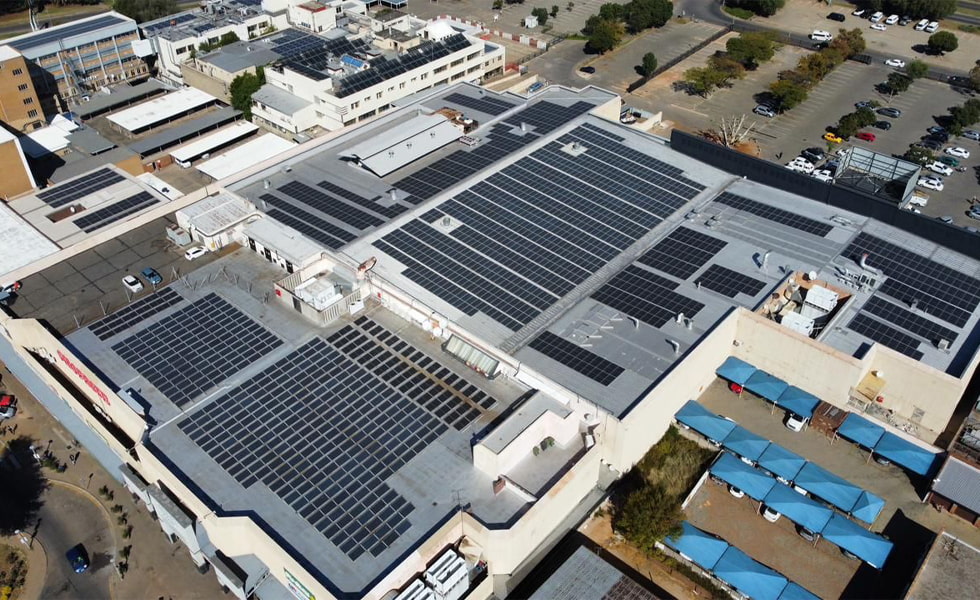
A photovoltaic system equipped with storage is and increasingly affordable investment, above all necessary to play an active role in the energy community revolution.
Installing a PV system means a lot in terms of environmental sustainability and protection, since it uses renewable energy to produce electricity. When approaching the world of sustainable energy, a question arises: which kind of system do we choose?
This is not an easy answer, since each household has different features and different needs, however the most probable answer is: a PV system with battery storage.
Let’s see what this is about and let’s discover the advantages of this kind of solar panel system.
PV system: general advantages
The first general advantage resulting from the installation of solar panels is the cost reduction in electricity bill through self-consumption. This allows to reduce the consumption of electricity taken from the grid, avoiding taxes and transport costs of electricity included in the bill. Bills reduction is the immediate advantage.
PV system clearly involves a rather consistent installing investment, despite the solar panels market has experienced a cost reduction in the last few years. A 3Kw system, suitable for a family composed of 2 or 3 people, can cost 5.000 to 8.000 euros. Calculating how much you will save, the payback time will be 5 to 8 years, depending on the real solar irradiation where the panels are installed.
This process improves with energy storage fitted systems.
How does a PV system with storage work?
During the day your system will produce as much energy as the house needs or even more. With a traditional system the surplus electricity can be exported to the grid and paid back on the electricity bill.
In case of a storage equipped system this surplus is stored in accumulators. With an accumulator it will be possible to use the electricity produced during daylight hours when the system can’t produce clean energy, such as during the night or on cloudy days. By implementing this solution you can drastically reduce – up to 50% (depending on the size of the accumulator) – the electricity taken from the grid and reducing the cost of electricity bill as a result.
Battery storage systems are essential for those off-grid houses, which are not connected to the electrical grid, such as mountain lodges or buildings which are completely sustained by renewable sources because of the owner’s choices. Storage systems are particularly recommended for those families who installed solar panels spending most of the time outside during the day, using much more energy when it gets dark. Generally speaking they are always convenient when it is not possible to immediately use the produced solar energy.
To check out if it is really convenient you can just read the meter: if the energy exported to the grid is higher or equal to the used energy, it is surely convenient to store it and use it later.
Which are the existing batteries for Solar panel systems?
While speaking of PV systems the most commonly used battery types are the lead-acid batteries or the lithium-ion batteries. The former are less expensive, but they are very large and their expected lifespan is 2 to 5 years on average. The latter are more expensive, but they guarantee a higher reliability, they have a longer expected lifespan (from 10 to 12 years) and they are becoming a benchmark in this sector.
There are other types of batteries rating themselves in the middle part on a scale of efficiency and cost. The nickel-cadmium batteries, they store energy at low temperature, but they have a low energy density, so they don’t keep a lot of energy in relation to their weight. Nickel-metal hydride batteries, they have a higher storage capacity compared to the previous ones, a longer lifespan and low maintenance costs.
How much does a solar battery storage system cost?
The real cost difference on the PV investment concerns the accumulator, which adds up to the cost of the traditional system.
The prices of solar energy accumulator may vary depending on storage capacity and type of battery. It is interesting to notice that prices are drastically falling, thanks to the interest shown by the mobility sector for the sustainable energy development.
Lead-acid batteries cost between 2.500 and 4000 euros, nickel batteries between 3.000 and 5.000 euros and lithium-ion batteries between 4.000 and 6.000 euros.
The total cost is higher than the cost of a traditional system, but the amortisation can be similar or even lower, when people make considered choices about their energy consumption and when they adopt all the necessary measures to maximise the yields of the system.
